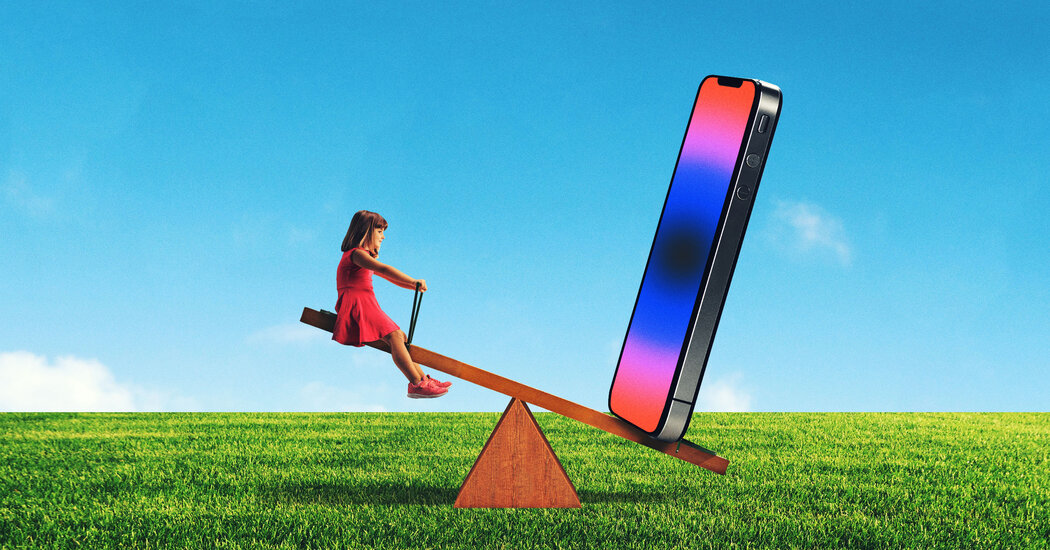Would you be in favor of not allowing people under 16 to access social media sites like Facebook, TikTok, Instagram, etc?
Thought this was super interesting. https://open.spotify.com/episode/43MU5Mlb0UPSQ3zMQXEZEx?si=a664347c3e4a4f07
One of the things the author is proposing is not allowing people under 16 to access social media. He thinks the effects are so damaging for young people that there should be an age requirement. There currently is a flimsy requirement now of 13 years but it's not observed. He's suggesting a real limit like gambling sites have.
Here's the description for the podcast:
Thought this was super interesting. https://open.spotify.com/episode/43MU5Mlb0UPSQ3zMQXEZEx?si=a664347c3e4a4f07
One of the things the author is proposing is not allowing people under 16 to access social media. He thinks the effects are so damaging for young people that there should be an age requirement. There currently is a flimsy requirement now of 13 years but it's not observed. He's suggesting a real limit like gambling sites have.
Here's the description for the podcast:
Social psychologist Jonathan Haidt has been explaining the human condition to us better than anyone else. He first did it with his book The Righteous Mind: Why Good People Are Divided by Politics and Religion, which explored why people were so passionately divided over politics and religion, and argued that people are fundamentally religiously inclined creatures. Then, he did it again with The Coddling of the American Mind: How Good Intentions and Bad Ideas Are Setting Up a Generation for Failure, which laid out why kids today—especially on college campuses—have become so intolerant of opinions that conflict with their own.
Now, he’s done it once more with his new book, The Anxious Generation: How the Great Rewiring of Childhood Is Causing an Epidemic of Mental Illness. This time, Haidt explains what so many parents have been confused by for the last decade: Why are kids today more anxious than ever, more depressed than ever, more risk-averse than ever, lonelier than ever, and less social than ever?
It’s pretty simple, Haidt argues: We changed childhood.
The mass migration of childhood, Haidt says, from the real world to the virtual world has completely changed what it means to be a kid. By replacing free and independent play and quality time with friends with the isolation of screens and phones, we instigated what he calls the “Great Rewiring of Childhood.” What resulted, he argues, is a childhood that is “more sedentary, solitary, virtual, and incompatible with healthy human development.”
Today, Haidt explains how this massive change happened, its detrimental effects on kids, and what actions we can take—both in our own lives and legislatively—in order to reverse course and free the anxious generation.
Last edited:

